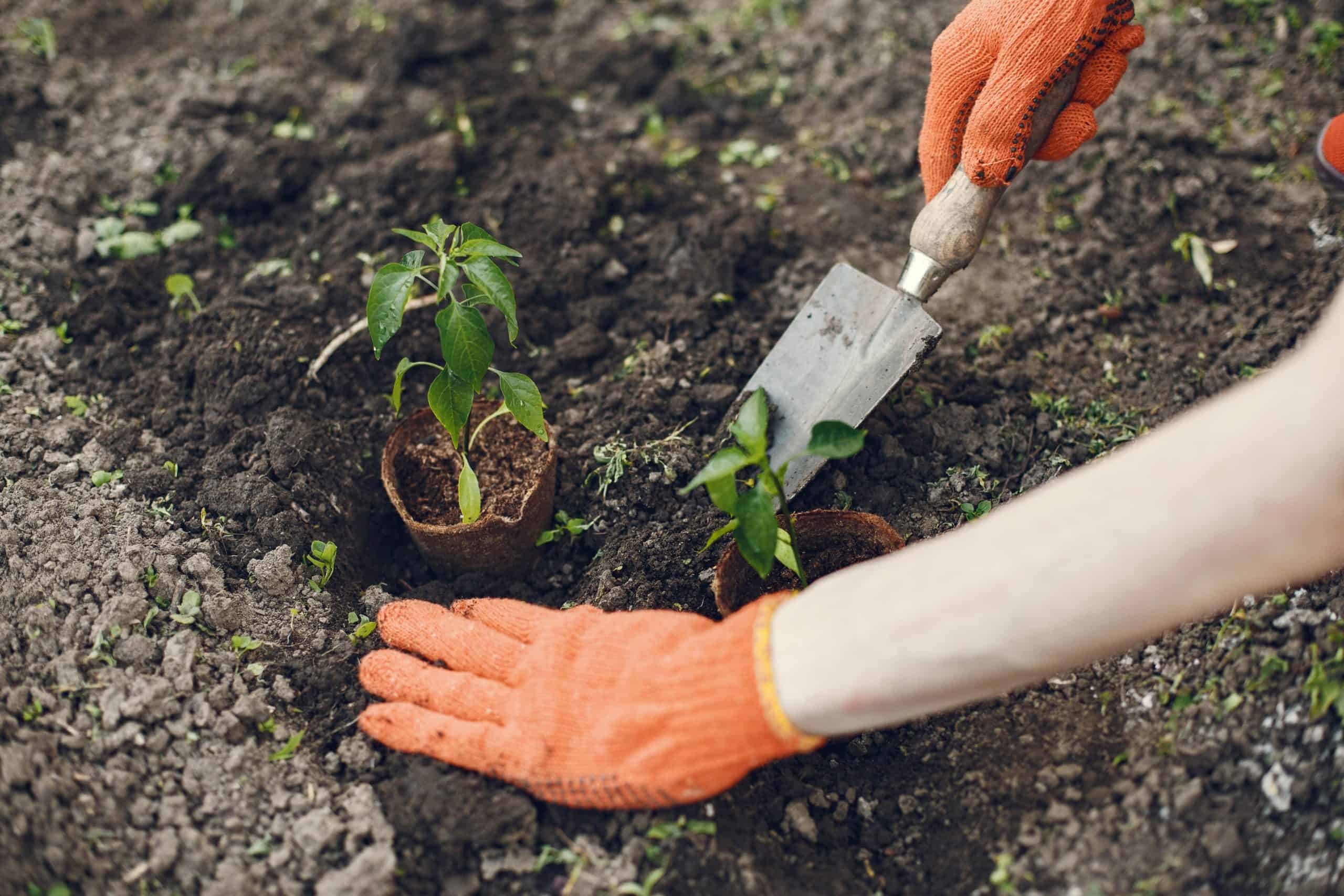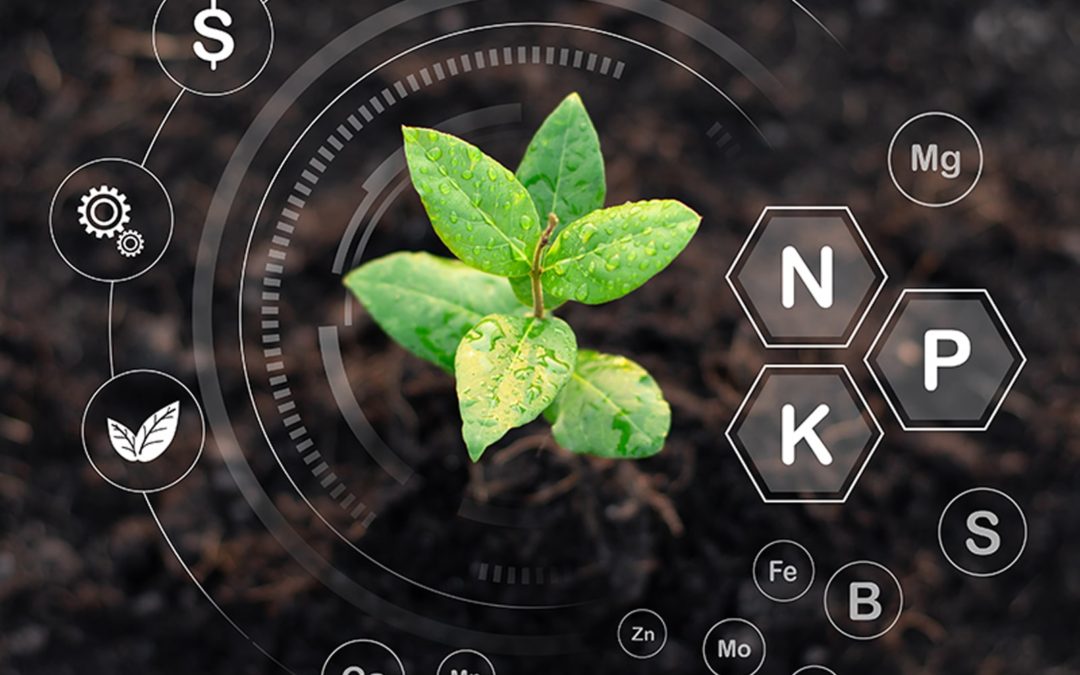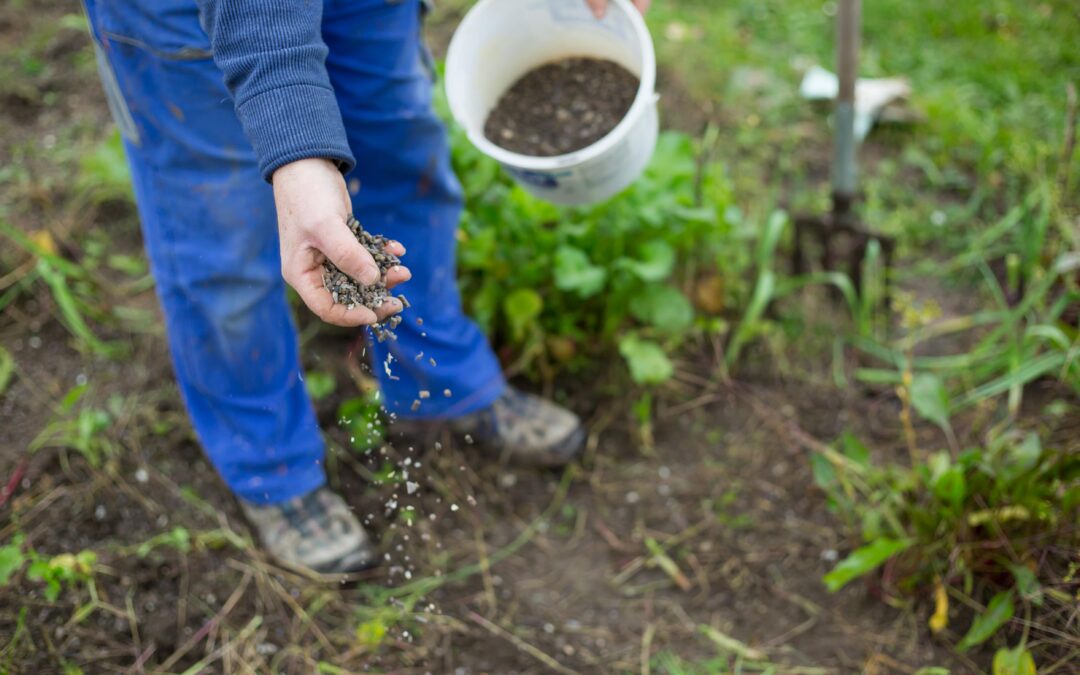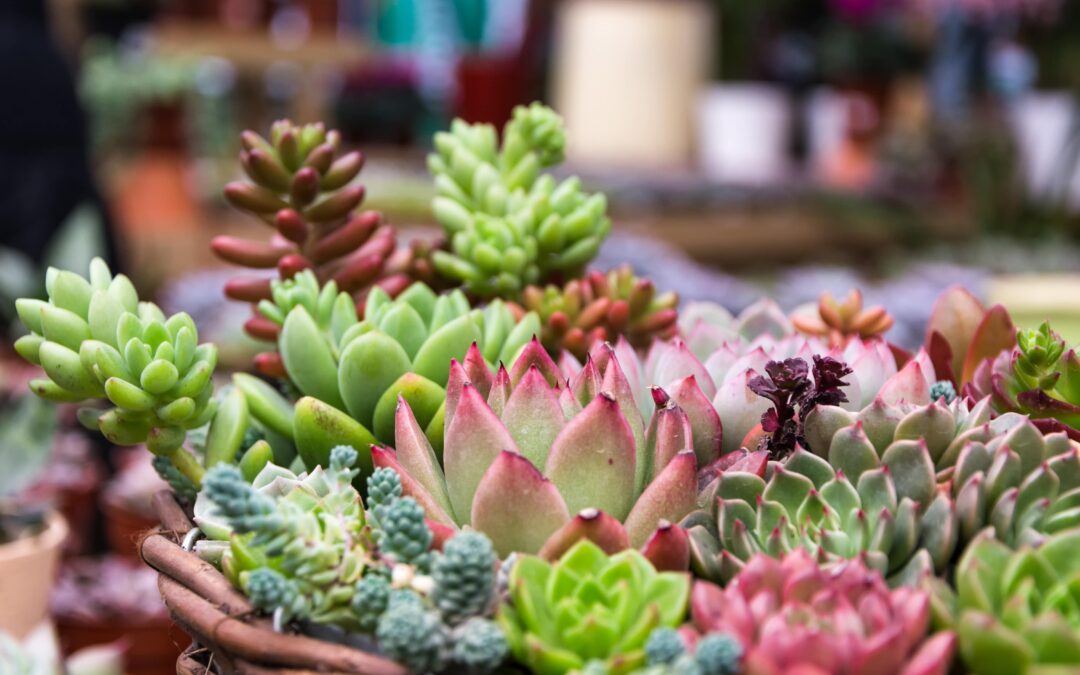As a gardener, you would like your plants to grow up big and healthy. To get that though, you’ll probably have to enhance their health with some kind of plant food. In this short article, we’ll discuss a reliable, yet unique, plant food: Organic Bone Meal.
Not only is Bone meal organic, but it’s jam-packed full of nutrients. It mainly provides phosphorus, among the 3 main plant nutrients and also calcium and nitrogen. A normal NPK rating for bone meal is 3-15-0, which is wonderful for bulbs and flowering plants.
In our point of view, the best thing about bone meal is that it’s eco-friendly and organic. Utilizing it in your garden is straightforward and extremely safe. Keep reading to discover everything regarding this amazing plant food!
Bone meal is precisely that– bones. It’s typically drawn from bovine animals as a slaughterhouse waste. The bones are steamed to sanitize them and then ground up. It’s offered as the resulting powder or made into pellets or liquid. It may appear gross, yet when you consider exactly how natural material normally breaks down to feed plants in nature, it makes excellent sense. By using this beneficial plant food, you’re merely offering your plants the kind of amendments they need before contemporary fertilizers were manufactured.
Not surprisingly, bone meal is frequently confused or associated with blood meal. There are 2 major differences. Initially, blood meal is made from dehydrated blood. Second of all, it primarily provides nitrogen rather than phosphorous. Although both are similar because they’re both pet items, they’re not interchangeable.

What Nutrients Are Present In Bone Meal?
As discussed, bone meal plant food generally supplies phosphorus (the P in NPK). This is a crucial nutrient for plants due to the fact that it helps them expand/ grow.
Phosphorous is the nutrient that, in human beings and pets, is present in solid bones. When those bones at some point disintegrate/ decompose, they add the phosphorous directly into the soil where plants can utilize it. After that, instead of bones, the phosphorous helps the plants build healthy and balanced stems, leaves, flowers, and seeds. In some cases, the plants after that obtain consumed by animals or people, putting the phosphorous back to work at building bones (among other points).
Plants rely upon phosphorus to enable photosynthesis, growth, and reproduction (blossoms and fruit). It also plays other roles in mobile respiration, DNA, RNA, and energy transfer. Basically, without phosphorus, your plants won’t survive. To get more information about why this nutrient and others are so important, head over to our article on plant nutrients.
This garden fertilizer also supplies a great amount of calcium and some nitrogen. However, it’s usually utilized mostly for phosphorus, and calcium or nitrogen is an added advantage for the garden soil.

Advantages of Bone Meal
As we stated, bone meal is fantastic for aiding plants grow. The benefits do not stop there though! Including bone meal into your garden soil will certainly bring much more benefits, such as:
- Higher fruit and seed yield
- More powerful origin framework for newly-developing plants
- Promotes healthy, lush development
- Aids to offer bug and diseases resistance
- Urges huge, stunning flowers
Bone meal is a remarkable natural fertilizer to include for blooming plants like roses and amaryllis. It additionally boosts the growth of alliums such as garlic, leeks, and onions. Organic bone meal is usually used for developing lawns considering that it helps young plants fully grow. It aids develop a denser root structure and supplies calcium for tomatoes to fruit. In general, it’s one of the products that lots of people need to keep on hand for garden usage!
Drawbacks of Bone Meal.
There aren’t too many downsides to bone meal. Nonetheless, like any kind of fertilizer, you ought to be aware of any type of unfavorable opportunities. Below are some disadvantages to bone meal plant food:- It’s slow-release, so it will not provide your plants an immediate boost
- This isn’t a balanced fertilizer. If your plants require added nutrients, you’ll need to apply a different fertilizer in addition to the bone meal.
- If it isn’t blended into the dirt appropriately, the scent might attract small animals. Keep the bag securely in a container away from animals.
- Bone meal is only reliable in soils with a pH listed below 7. Alkaline soil conditions decrease nutrient uptake.




